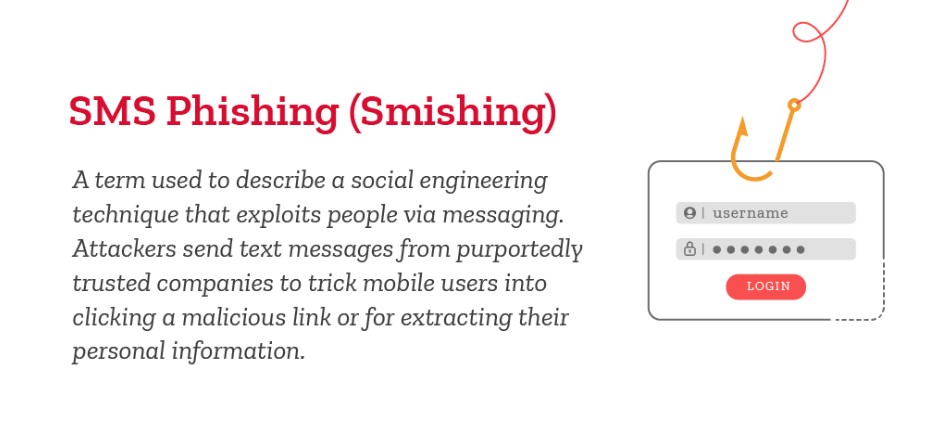SMS Phishers: Protecting Yourself from Phone Number Harvesting and UPS Tracking Scams
October 17, 2023

As our reliance on mobile devices grows, cybercriminals continue to exploit new avenues for phishing attacks. One emerging threat is SMS phishing (also known as smishing), where attackers attempt to trick individuals into revealing sensitive information through text messages. A recent trend involves scammers targeting users by impersonating package delivery services like UPS, using false tracking messages to harvest phone numbers and gather valuable shipment data. In this blog post, we’ll explore SMS phishing scams targeting UPS tracking tools, and discuss essential tips to protect yourself from falling victim to these crafty cybercriminals.
The Rise of SMS Phishing and UPS Tracking Scams
SMS phishing has become increasingly prevalent due to its ease of execution and the widespread use of mobile devices. Cybercriminals exploit the trust placed in legitimate services, such as package delivery companies, to trick recipients into clicking malicious links or providing personal information. By impersonating UPS and leveraging the trust associated with package tracking, these scammers aim to collect valuable data and potentially gain unauthorized access to personal accounts or sensitive information.
Recognizing and Protecting Yourself from SMS Phishing Scams:
- Beware of Unsolicited Text Messages: Be cautious of unsolicited text messages, especially those requesting personal information or urging immediate action. Legitimate package delivery services like UPS typically provide tracking updates via email or through their official mobile apps. Treat unexpected SMS messages with skepticism, particularly if they ask for personal or financial details.
- Verify the Source: Always verify the sender’s identity before interacting with any SMS message claiming to be from UPS or another package delivery service. Legitimate messages will typically include clear identifiers, such as official logos, recognizable sender names, or links to the official website. Exercise caution with messages lacking these identifiers or those using generic language.
- Avoid Clicking Suspicious Links: Never click on links or download attachments from unsolicited text messages, especially if they seem suspicious or unfamiliar. These links may direct you to fake websites designed to harvest personal information or install malware on your device. If you’re uncertain about the authenticity of a link, verify it directly with UPS by visiting their official website or contacting their customer service.

- Secure Your Personal Information: Do not provide personal or financial information, such as Social Security numbers, credit card details, or login credentials, in response to SMS messages. Legitimate organizations will never request such sensitive information via text message. If you’re unsure about a request, contact the company directly using verified contact information to confirm its legitimacy.
- Keep Software Up to Date: Ensure that your mobile device’s operating system, apps, and security software are up to date. Regularly installing updates patches vulnerabilities and helps protect your device against potential attacks. Enable automatic updates whenever possible to ensure you receive the latest security fixes promptly.
- Educate Yourself and Spread Awareness: Stay informed about the latest SMS phishing techniques and scams targeting package delivery services. Share your knowledge with friends, family, and colleagues to raise awareness and help others stay vigilant. By educating yourself and those around you, you contribute to building a safer online community.
As SMS phishing scams continue to evolve, it is crucial to remain vigilant and skeptical of unsolicited text messages, especially those claiming to be from reputable organizations like UPS. By following the tips outlined above, you can protect yourself from falling victim to SMS phishing and safeguard your personal information. Remember, your awareness and cautious approach are key to staying one step ahead of cybercriminals. Stay safe and keep your mobile devices secure!
Have Any Question?
Call or email Cocha. We can help with your cybersecurity needs!
- (281) 607-0616
- info@cochatechnology.com




